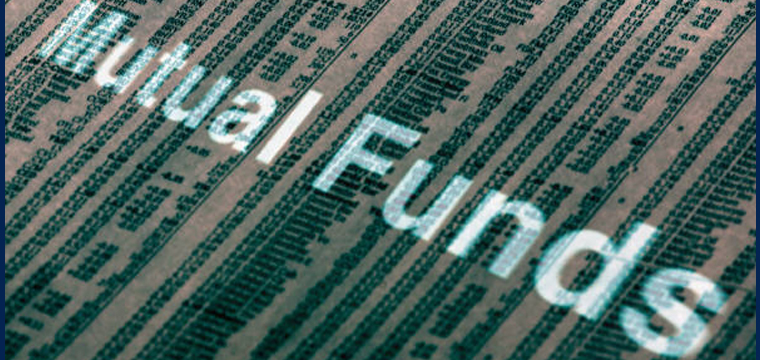Introduction to mutual funds
It is an investment vehicle that pools the money of various individual investors to buy corporate bonds, government treasuries, stocks and other financial instruments

ON May 15 the Philippine Stock Exchange index (PSEi) reached a new all-time high, ending that day with 7,397.34 points, representing a year-to-date investment return of more than 25 percent. This is the 31st record high the Philippine stock market has reached this year.
During this and past year’s bull run, were you invested?
Investing in the stock market requires some specialized knowledge. As such, some people avoid the stock market entirely. For other people, they try to get in to enjoy the profit, but at the expense of speculating how the stock market will move.
Good news to everyone who wants to participate and enjoy the gains of the stock market without having the time to study all its intricacies. There is an investment option called mutual fund(s) that can help you get good returns without having to learn everything and continually monitor the stock market. Essentially, the investor will just select the preferred mutual fund(s), hand the money to the mutual-fund company to subscribe shares and immediately get to enjoy the ups and downs of the fund.
So what is a mutual fund? It is an investment vehicle that pools the money of various individual investors to buy corporate bonds, government treasuries, stocks and other financial instruments. It is important to note that investment returns are not guaranteed and are subject to market volatility, unlike savings or time deposits where interest rates are fixed but investment returns are significantly lesser (and mostly, cannot even outperform inflation rates).
There are four types of mutual funds:
• money market fund
• bond fund
• stock/equity fund
• balanced fund
The return of investment of the money market fund is aligned with the returns of the money market, which is at 2 percent per annum. Whether you are a conservative or aggressive investor, it is best to avoid the money market fund as you can get a comparable rate of return with other financial instruments such as a special deposit account.
Now let us go to the bond fund. This type of mutual fund has majority of its investment in fixed-income instruments, such as corporate bonds and government treasures such as Treasury bills, notes and bonds. These instruments are called fixed income because they generate regular and predictable interest rates per annum. This fund is best suited for conservative investors who have a shorter investment time frame (typically three years or less) and returns are conservatively on an average of 6 percent to 8 percent annually.
Stock fund, commonly called equity fund, is mostly invested in stocks. The holdings of the various Philippine stock/equity mutual funds are mostly publicly listed companies on the PSE and could range from big, well-known companies to smaller ones. This type of fund is best suited for aggressive investors who have an investment time frame of seven or more years, as there is more volatility but returns are higher, conservatively on an average of 10 percent to 12 percent annually.
There is a special stock fund called an index fund. This is composed of stocks and weighted according to the composition of the country’s stock index. For the Philippine index fund, the composition is identical to the PSEi. Compared to typical stock funds, the index fund is passively managed, as the fund manager will only transact if there are changes in the index’s composition.
This brings us to balanced fund, which is a mixture of bond and stocks. The characteristic of this fund is a combination of bond fund and stock/equity fund. This fund is best suited for moderate investors who have a time frame of three to seven years, as t will give investors an opportunity for growth, as well as fixed-income returns to combat volatile times. Returns are conservatively on an average of 8 percent to 10 percent annually.
So what were the returns of the PSEi during the past several years, you might ask? Even with volatility, they are simply amazing: 32.9 percent in 2012, 4.1 percent in 2011, 37.6 percent in 2010, 63 percent in 2009, -48.3 percent in 2008, 21.4 percent in 2007, 42.3 percent in 2006, and 15 percent in 2005.
To illustrate, let us say Mr. Juan has invested in the Philippine Equity Fund Inc. on February 14, 2007, for P200,000. This would mean that less the initial fees, he owns 15,436 shares at P12.698 NAVPS. Since the Philippine Equity Fund’s NAVPS is P35.6077 as of May 15, 2013, Mr. Juan’s shares are now worth P549,640.46. Hence, he has a paper gain of P353,634.13, which is about 180.42 percent. Isn’t it fantastic? To be concluded next Tuesday.
 Christopher Lim is a Registered Financial Planner of RFP Philippines. He is a co-founder of www.pinoyFIQ.com and an investor on Financial and Real Estate industries. He is also a Coach and Resource Speaker on Financial Management, Investments (such as Bonds, Mutual Funds, Stocks, and Derivatives), Estate Planning, and Real Estate.
Christopher Lim is a Registered Financial Planner of RFP Philippines. He is a co-founder of www.pinoyFIQ.com and an investor on Financial and Real Estate industries. He is also a Coach and Resource Speaker on Financial Management, Investments (such as Bonds, Mutual Funds, Stocks, and Derivatives), Estate Planning, and Real Estate.
Source: http://businessmirror.com.ph/index.php/en/business/banking-finance/14426-introduction-to-mutual-funds
Comments
2,940 total views, 1 views today












Social